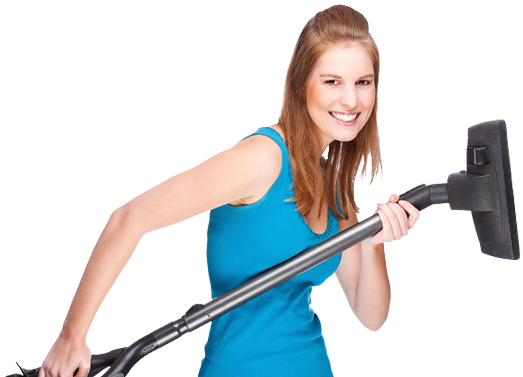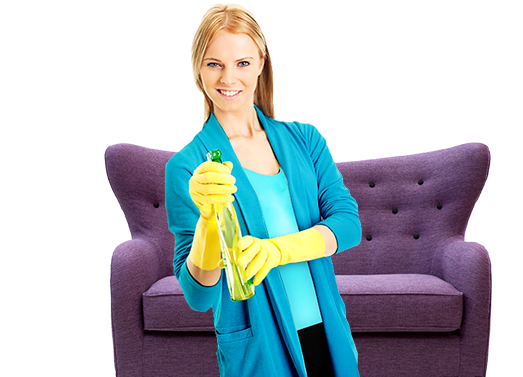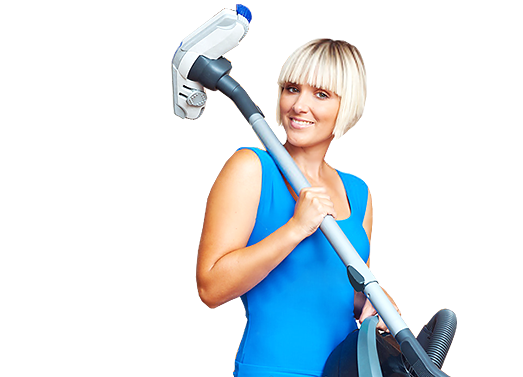Purified Air: Elevating Home Comfort and Workplace Success
Posted on 09/09/2025
Purified Air: Elevating Home Comfort and Workplace Success
In today's fast-paced and health-conscious world, the quality of the air we breathe can have a direct and profound impact on our comfort, productivity, and overall well-being. Purified air is no longer a luxury but a necessity, both at home and in the workplace. In this comprehensive guide, we explore how purified air elevates home comfort, enhances workplace success, and why investing in indoor air quality is one of the smartest decisions you can make for your health and productivity.
Why Indoor Air Quality Matters
Air is essential to life, yet often underestimated as a factor in health and performance. According to the Environmental Protection Agency (EPA), indoor air can be two to five times more polluted than outdoor air due to accumulation of dust, volatile organic compounds (VOCs), allergens, mold, and other pollutants. Given that the average person spends over 90% of their time indoors, indoor air purification becomes crucial for comfort and productivity.
The Dangers of Poor Indoor Air Quality
- Aggravation of allergies and asthma
- Increased risk of respiratory diseases
- Headaches, fatigue, and cognitive decline
- Spread of viruses and bacteria
- Mold and mildew infestation
- Lingering odors affecting comfort and mood
In both homes and workplaces, airborne contaminants can undermine well-being, causing minor discomfort or even serious health conditions. Investing in purified air systems helps address these issues efficiently.

The Science Behind Air Purification
Purified air is air that has been filtered to remove pollutants, allergens, and harmful particles. Modern air purifiers use a combination of mechanical and electronic filtration technologies to capture or neutralize contaminants.
Key Air Purification Technologies
- HEPA Filters (High-Efficiency Particulate Air): Trap 99.97% of particles as small as 0.3 microns, including dust, pollen, mold spores, pet dander, and smoke.
- Activated Carbon Filters: Remove odors, VOCs, and certain chemicals from the air.
- UV-C Light: Destroys airborne pathogens like bacteria and viruses by breaking their DNA.
- Ionizers: Charge air particles so they stick to collection plates or settle out of the air, often combined with HEPA filtration.
- Photocatalytic Oxidation: Uses UV light and catalysts to break down contaminants at a molecular level.
By combining these methods, modern home air purifiers and office air cleaning systems can dramatically improve indoor air quality (IAQ).
Purified Air at Home: Enhancing Comfort and Well-Being
Benefits of Home Air Purification
- Relief from Allergies and Asthma: Clean air reduces exposure to triggers like dust mites, pollen, and pet dander.
- Odor Elimination: Remove smells from cooking, pets, and smoke for a fresher ambience.
- Sleep Improvement: Breathing purified air reduces nighttime congestion and enables deeper rest.
- Reduced Risk of Illness: Airborne bacteria and viruses are removed, lowering infection chances.
- Less Dust Accumulation: Keeps surfaces cleaner with less need for frequent dusting.
Modern families face growing challenges with allergies, respiratory sensitivities, and environmental pollutants. Using purified air systems at home is a proactive measure to support the health and happiness of every household member.
Tips for Optimizing Home Air Quality
- Install HEPA air purifiers in high-traffic and sleeping areas.
- Maintain optimal humidity (30-50%) to inhibit mold and dust mites.
- Use houseplants that naturally filter air, such as peace lilies and snake plants.
- Keep windows closed during high pollen or pollution days, but ventilate when outdoor air is clean.
- Vacuum and clean regularly using HEPA-filtered equipment to prevent buildup.
- Avoid smoking indoors and minimize use of harsh cleaning chemicals.
For families with infants, seniors, or immune-compromised individuals, the stakes are even higher. Investing in a reliable air purification system is an investment in your loved ones' health and peace of mind.
Purified Air in the Workplace: Boosting Success and Productivity
The Link Between Clean Air and Office Productivity
Studies from organizations including Harvard University and the World Green Building Council confirm a clear connection between clean air in offices and increased employee performance. Key findings include:
- Higher cognitive function in environments with low levels of VOCs and CO2
- Reduced absenteeism due to decreased transmission of infections
- Fewer headaches and concentration lapses
- Better employee morale and satisfaction
Workplaces equipped with advanced air purification systems often see measurable gains in output, decision-making, and staff retention. Well-ventilated and purified air is now recognized as a critical component of a healthy work environment.
Implementing Purified Air Solutions in Offices
- Central HVAC Upgrades: Integrate HEPA or MERV 13+ filters to remove fine particles from recirculated air.
- Standalone Air Purifiers: Place in open offices, conference rooms, and common areas for targeted protection.
- Regular Maintenance: Replace filters as per manufacturer guidelines, and schedule professional duct cleanings.
- Monitor Indoor Air Quality: Use smart sensors to track levels of CO2, VOCs, humidity, and particulates, adjusting systems as needed.
- Promote Natural Ventilation: When possible, open windows to flush out stale air, especially during low-pollution hours.
By prioritizing air purification, employers signal a commitment to staff well-being, which can enhance recruitment, retention, and brand reputation. In the wake of global health concerns, purified air is also a central strategy in fighting airborne illnesses.
Purified Air for Small Businesses and Home Offices
With the rise in remote work and entrepreneurial ventures, maintaining pure air at home-based workspaces is just as important as in corporate offices. Individuals working in small, closed environments may be exposed to higher concentrations of pollutants, particularly if the area isn't regularly ventilated.
- Choose appropriately sized air purifiers for your workspace.
- Consider quiet, energy-efficient models for minimal disruption.
- Regularly check humidity levels, especially in basements or converted rooms.
- Add activated carbon filtration to address persistent chemical odors or smoke.
For freelancers, remote workers, and entrepreneurs, investing in office air purification is a productivity booster and health safeguard. Clean air supports clearer thinking, better decision-making, and less absenteeism due to minor illnesses.
Emerging Trends in Clean Air Technology
The air purification industry has seen significant innovation, driven by ongoing health crises, increased urban pollution, and growing awareness of indoor air hazards. Smart air purifiers, real-time air monitoring, and filterless designs are among the advances making purified air more accessible and effective.
Notable Features in Modern Air Purifiers
- Wi-Fi/Sensor integration: Automate purification based on air quality readings and connect to smart home systems.
- Multi-stage filtration: Combine HEPA, carbon, UV, and ionization for comprehensive protection.
- Quiet operation: Ideal for bedrooms, nurseries, and shared workspaces.
- Energy efficiency: New models consume less power, reducing environmental impact.
- App-based controls: Monitor and adjust performance from anywhere.
As homes and offices continue to adapt to changing health needs, staying current with the latest purified air solutions ensures optimal comfort and protection.

Frequently Asked Questions About Air Purification
How often should I replace my air purifier filter?
Most HEPA filters last 6-12 months, but frequency depends on usage and pollution levels. Activated carbon filters may require replacement every 3-6 months. Always follow the manufacturer's recommendations for optimal performance.
Is an air purifier enough, or do I need other strategies?
While air purifiers provide significant benefits, combine them with regular cleaning, humidity control, and source reduction for best results. For comprehensive protection, consider integrating air purification into your whole-home or office HVAC.
What size air purifier do I need?
Calculate the square footage of your space and choose a purifier rated for that area. For open-plan homes or large offices, multiple units or integrated systems may be necessary.
Are air purifiers safe for pets and children?
HEPA and carbon-based air purifiers are generally safe. Avoid ionizers that generate ozone, as high ozone levels can be harmful to people and animals.
Conclusion: Investing in Purified Air Is Investing in Your Future
Whether at home or in the workplace, purified air is a foundational element of modern comfort, health, and productivity. By embracing advanced air purification technologies and best practices, you create an environment where everyone can breathe easier, perform at their best, and thrive.
In summary, prioritizing indoor air quality is not only a wise health investment--it's a strategy for success. As awareness grows and new solutions emerge, there has never been a better time to make clean, purified air a central part of your daily life.
Start your journey toward comfort, wellness, and efficiency--choose purified air for your home and workplace today.




